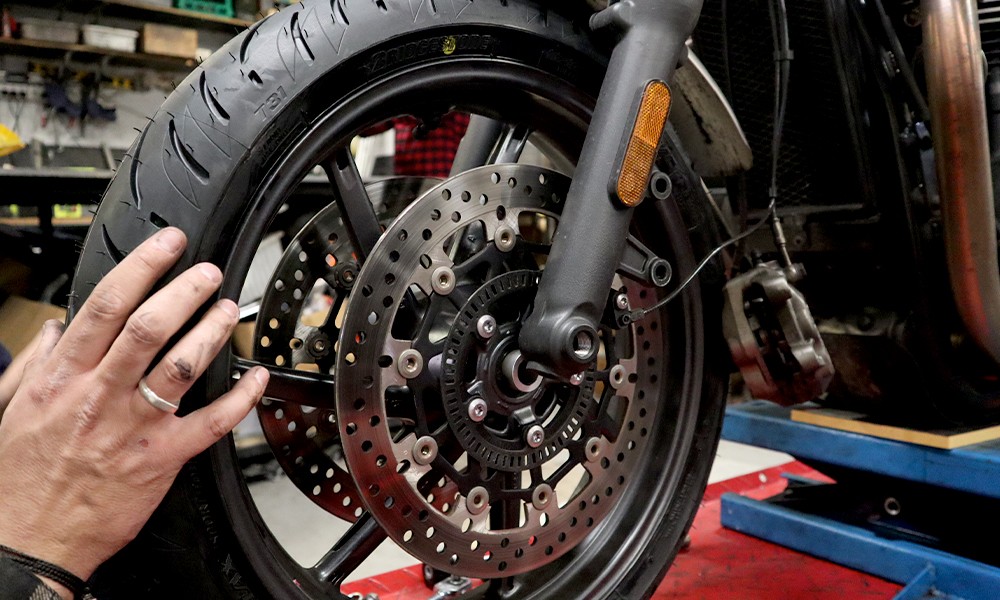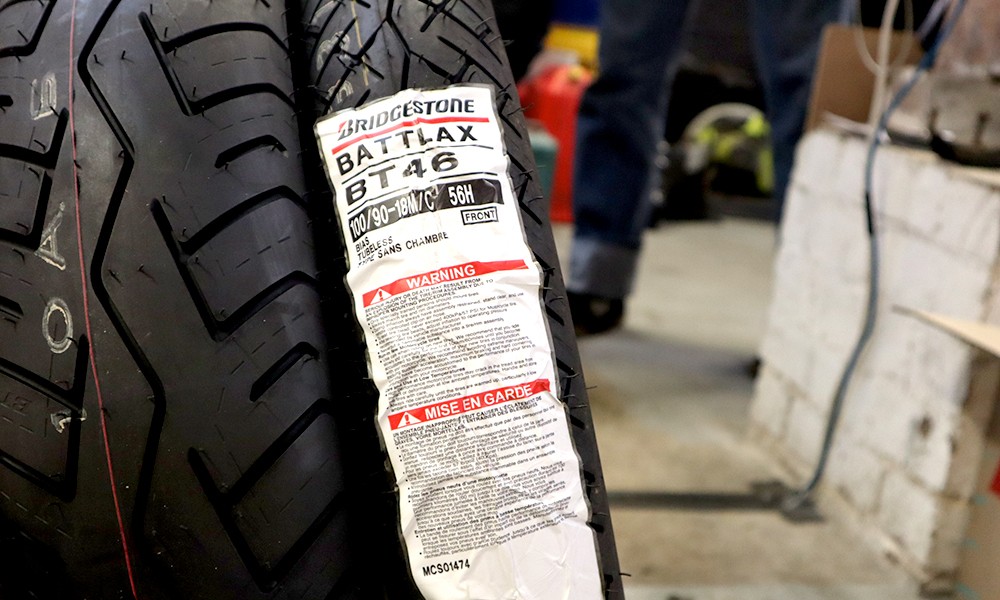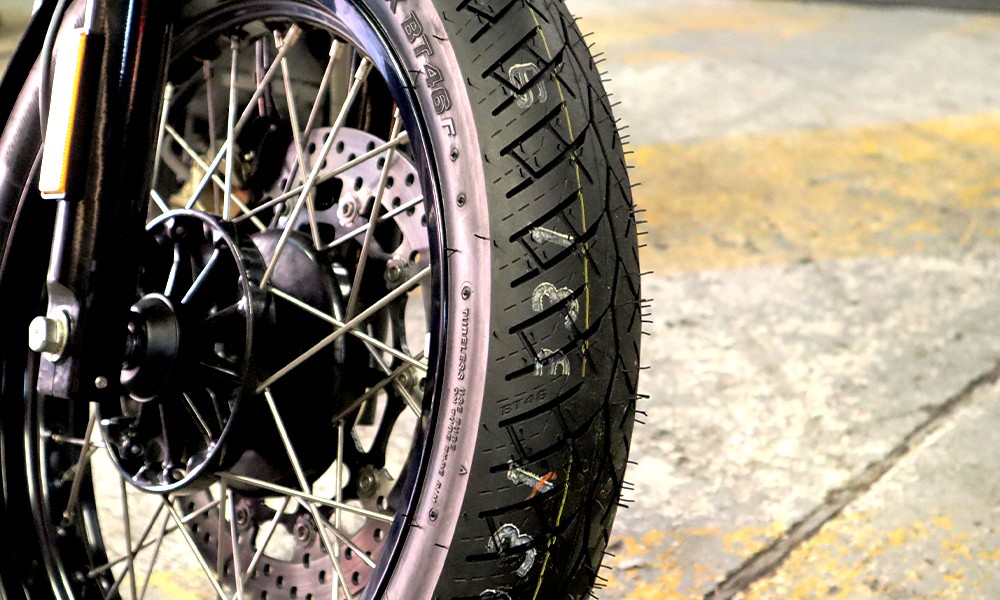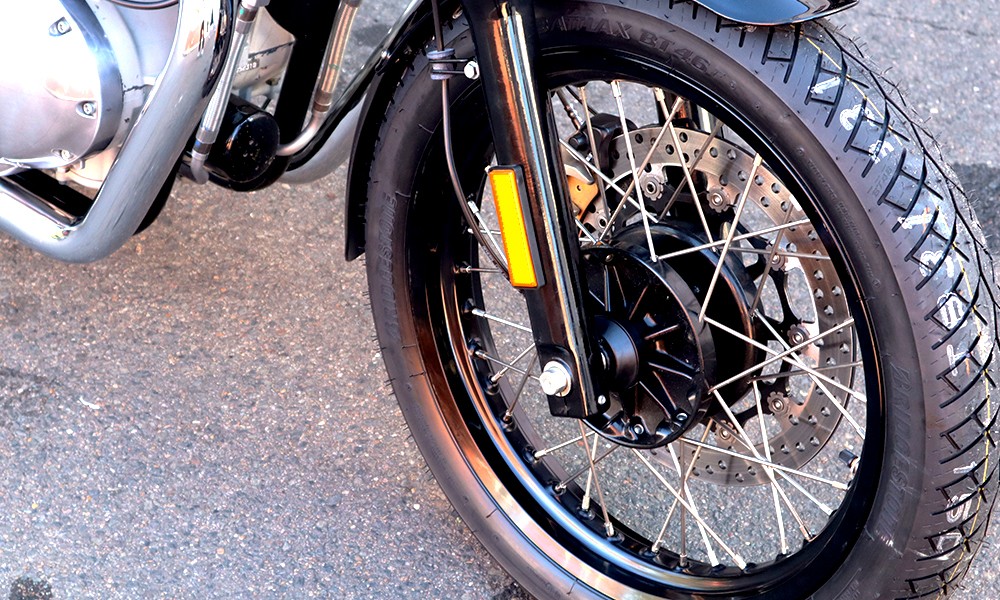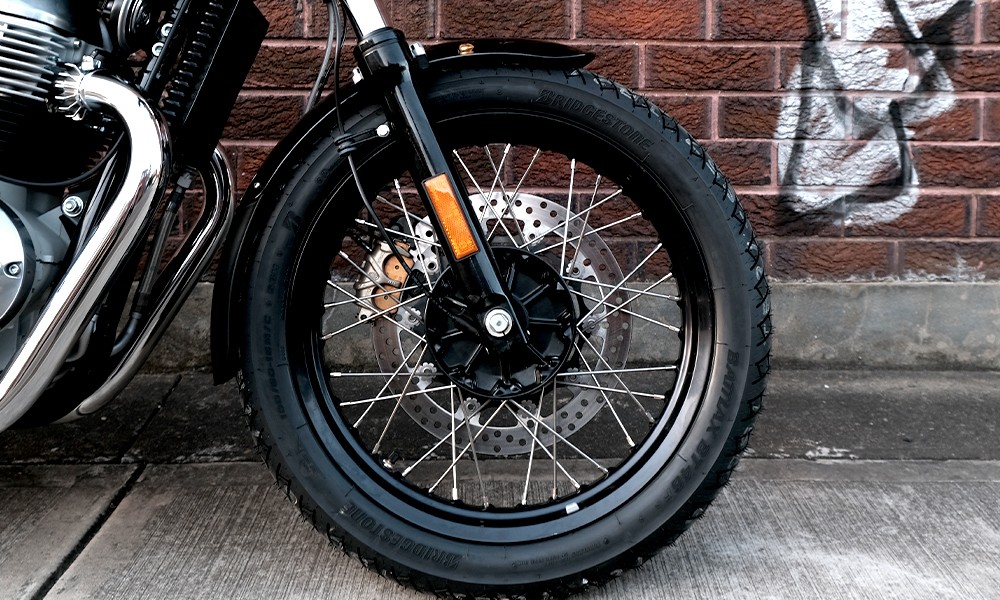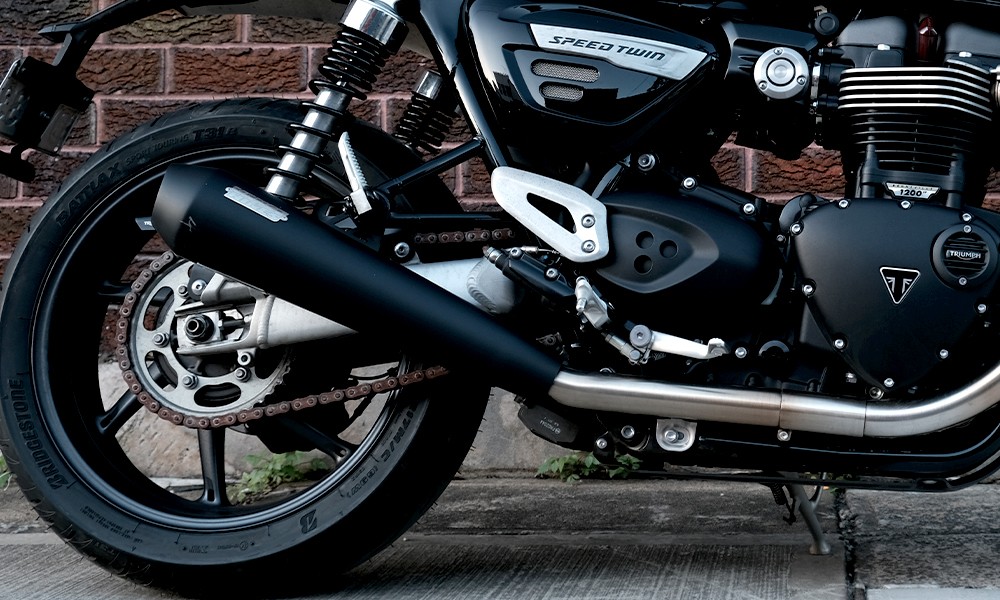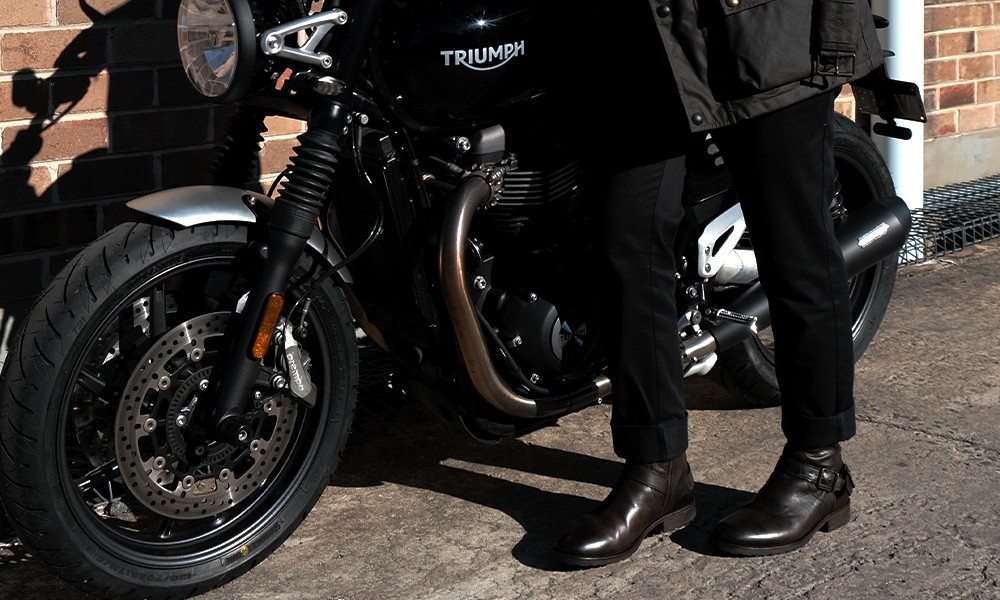Bridgestone Tyre Safety Check
Posted 5 years ago
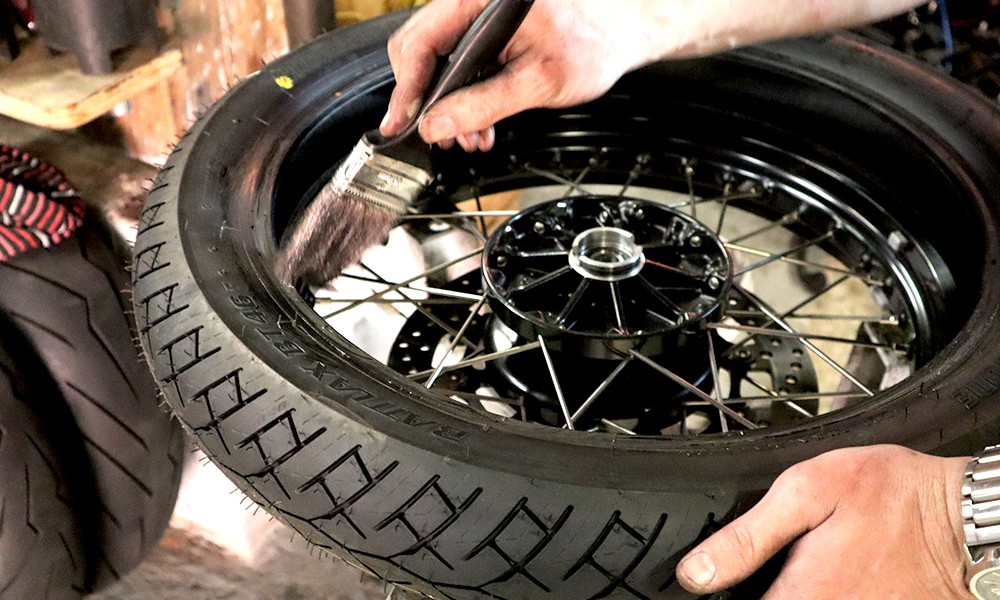
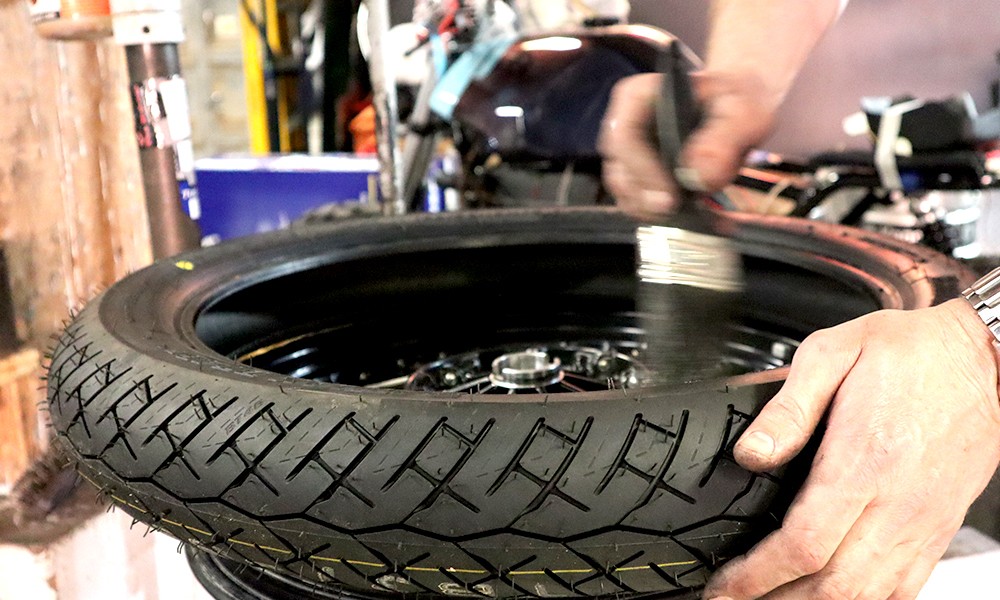

There’s more to good tyre health than tread wear and inflation. Your tyres are the only thing between you and the road, so knowing whether your tyres is right for you and is in good condition is one of the most important things to consider when preparing your bikes for DGR. Wear is the most common way to determine whether your tyres need changing. In most cases, there is tread wear indicator on the side of your tyres to help you identify when your tread is getting low and may need replacing. Be sure to locate yours and make sure there’s enough tread on your tyred to keep you upright in and out of turns. Even if you may still have enough tread, it may have worn unevenly. You’ll notice this in your rear tyre if it begins to square off in the centre, or if your front tyre wears unevenly along the length of the tread. Keep an eye on this, as you’ll begin to notice significant impacts to your handling, stability, and traction. If you do notice this, it might be a good idea to reassess the USD front end conversion you just did, as you may need to service your suspension to avoid this happening again.
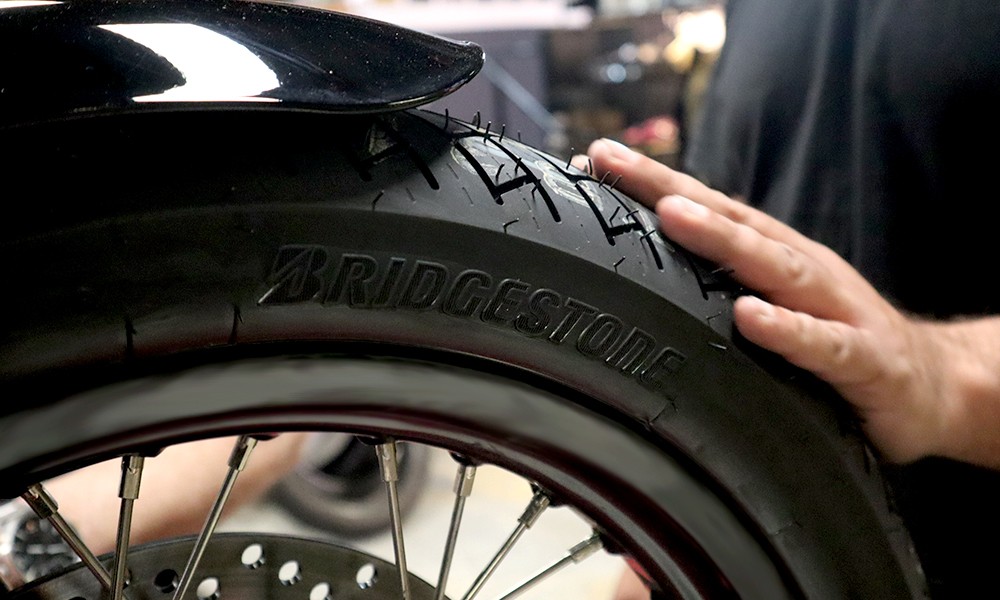
Tyre pressure is generally the most commonly checked part of your tyre. Making sure you have the right level of PSI is vital in the performance and longevity of your tyres. Your motorcycling service manual should provide the optimal inflation level for your bike, whether riding solo or with a pillion.
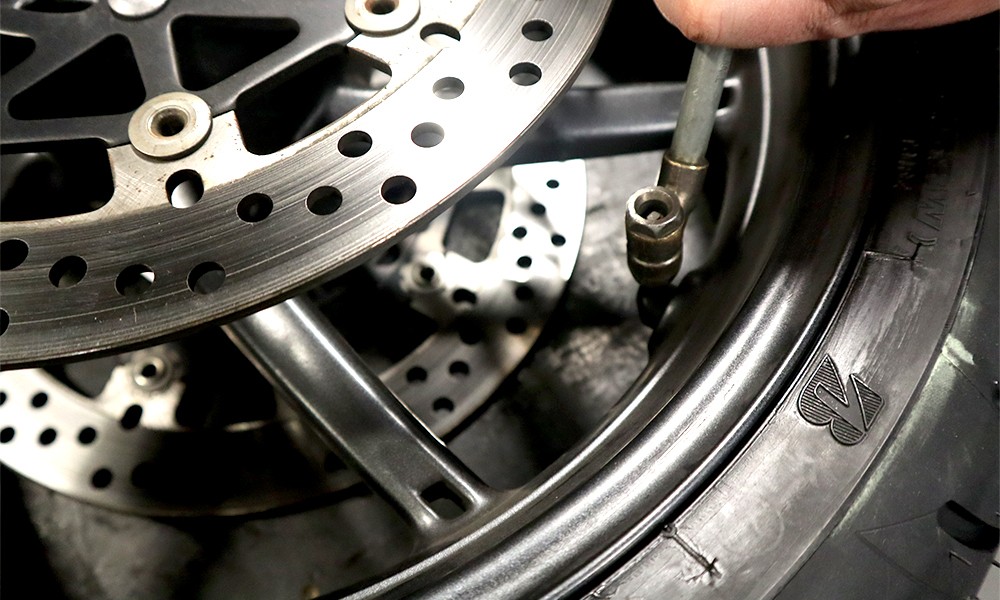
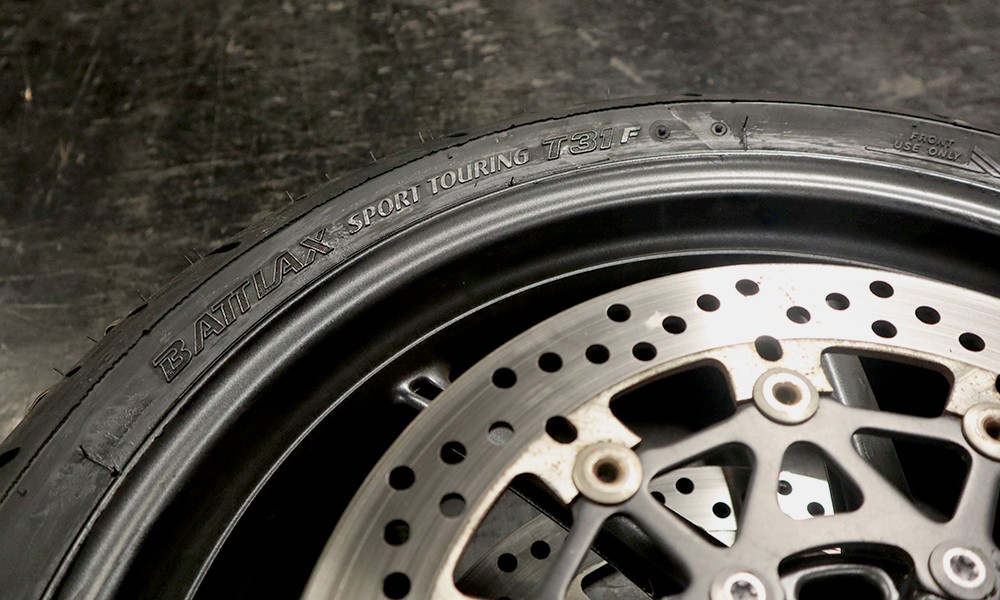
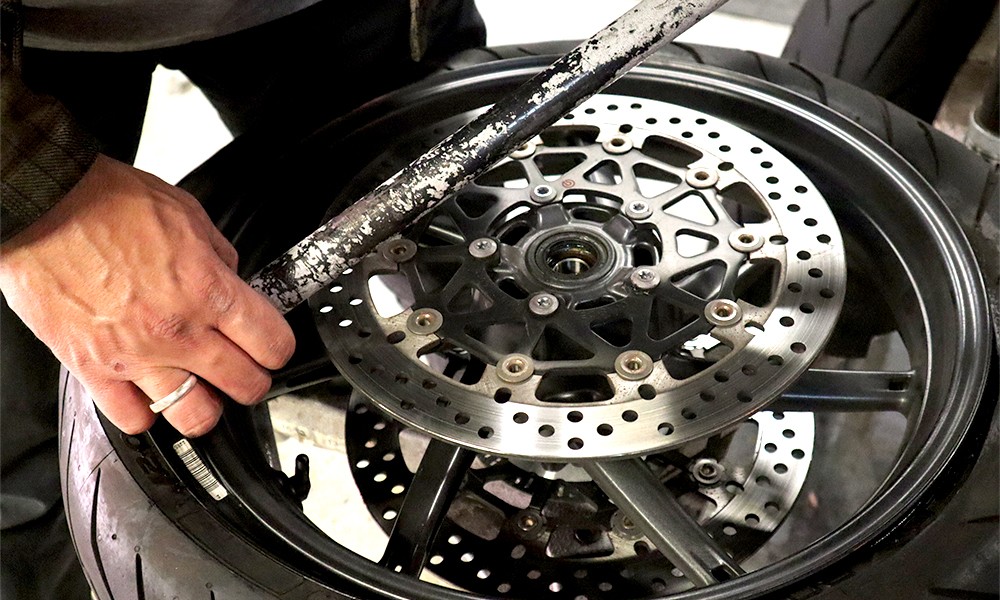
The next line on your checklist to look out for are punctures, cuts, or bulges to your tyre. Any puncture is a cause for concern, whether you’re running tubed or tubeless. Small air leaks if left untreated can lead to you blowing a tyre and waiting on the roadside until a support vehicle scoops you up. Plugging punctures is a great temporary fix, but you should always get your tyres checked if you experience any puncture.
